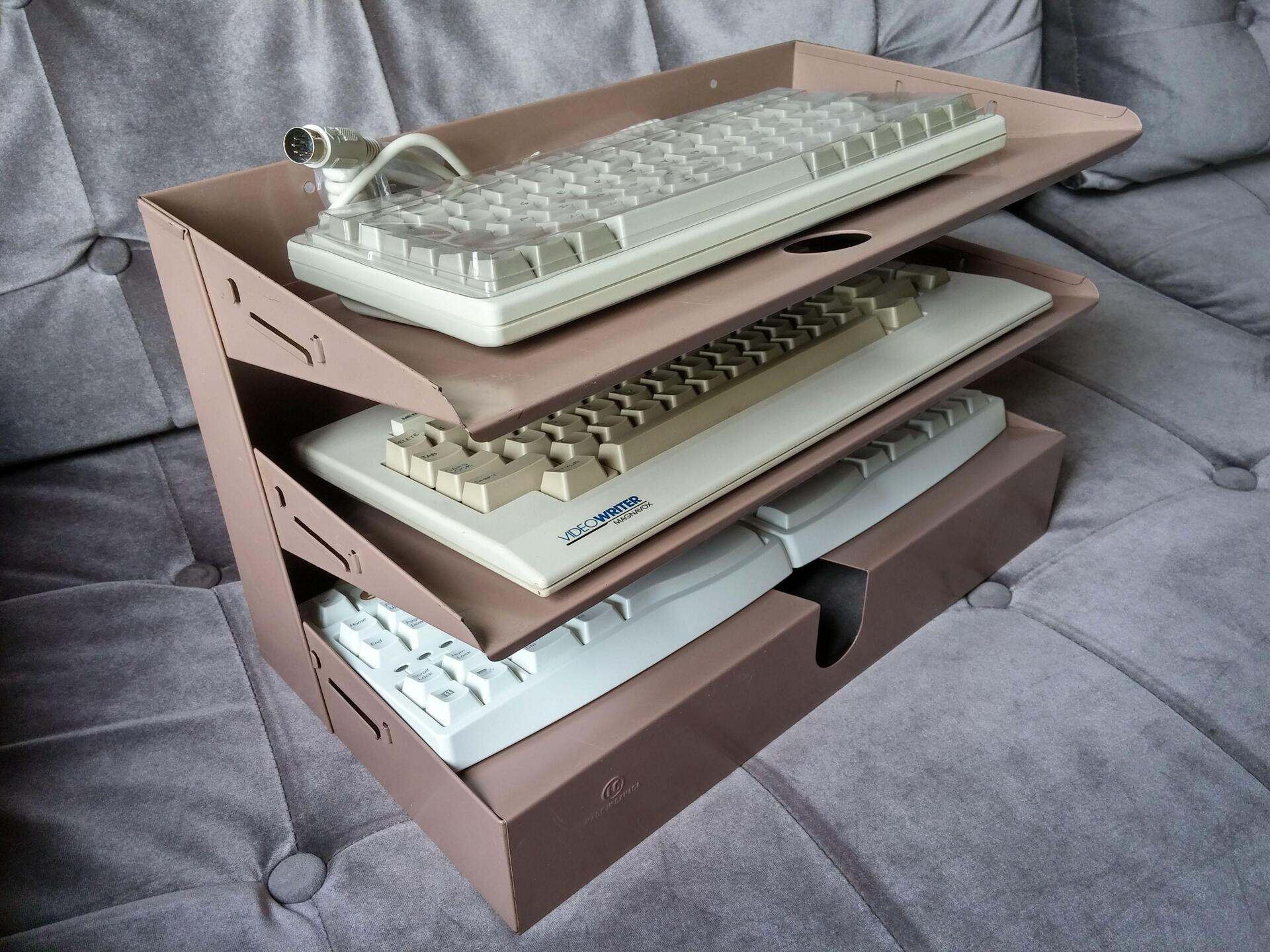

Articles
How To Store Keyboards
Modified: January 5, 2024
Looking for articles on how to store keyboards? Find helpful tips and techniques to safely store your keyboards and prolong their lifespan.
(Many of the links in this article redirect to a specific reviewed product. Your purchase of these products through affiliate links helps to generate commission for Storables.com, at no extra cost. Learn more)
Introduction
Keyboards are essential tools for many individuals, whether for work or leisure. They are not only a means to communicate with our digital devices, but they can also be a source of inspiration and creativity. However, when keyboards are not in use, it is important to store them properly to maintain their functionality and extend their lifespan.
In this article, we will explore the best practices for storing keyboards to ensure they remain in optimal condition when not in use. We will discuss proper cleaning and maintenance techniques, finding suitable storage spaces, disassembling and storing mechanical keyboards, storing membrane keyboards, organizing cables and accessories, and avoiding common storage mistakes.
By following these guidelines, you can ensure that your keyboards remain in excellent condition, ready for use whenever you need them. So, let’s dive in and discover the best way to store keyboards!
Key Takeaways:
- Proper cleaning and maintenance, suitable storage spaces, and careful disassembly are crucial for maintaining keyboards’ functionality and longevity during storage. Following these best practices ensures keyboards remain in excellent condition for future use.
- Organizing cables and accessories, avoiding common storage mistakes, and choosing the right storage location are essential for preserving keyboards. By implementing these strategies, keyboards can be kept safe and ready for use whenever needed.
Read also: 12 Superior Keyboard Duster for 2024
Proper cleaning and maintenance
Regularly removing dust and debris from your keyboard is crucial for maintaining its functionality and longevity. Over time, dust and debris can accumulate between the keys, affecting the key’s response and causing them to stick. Here are some steps to keep your keyboard clean:
- Start by turning off your computer or disconnecting the keyboard from your device to avoid accidental keystrokes.
- Gently turn the keyboard upside down and give it a few light shakes to dislodge any loose particles.
- Use a can of compressed air to blow away any remaining dust and debris, making sure to target the spaces between the keys.
It’s important to note that while compressed air is effective for removing loose particles, it may not be sufficient for deeper cleaning. In such cases, you can use a soft brush, such as a clean makeup brush or a small paintbrush, to gently sweep away dust and dirt.
When it comes to cleaning the surface of the keys, it is essential to use gentle materials and solutions to avoid damaging the keys or removing the key labels. You can start by dampening a microfiber cloth with a mixture of mild soap and water. Make sure the cloth is only slightly damp, as excessive moisture can seep into the keyboard and cause damage.
Gently wipe each key, removing any fingerprints, smudges, or stains. For stubborn stains, you can use a small amount of isopropyl alcohol on the cloth. However, it is crucial to avoid using harsh chemicals or abrasive materials, as they can strip away the key’s protective coating or scratch the surface.
Once you have finished cleaning the keys, use a dry microfiber cloth to remove any excess moisture. Allow the keyboard to air dry completely before reconnecting it to your device or turning on your computer.
By regularly removing dust and debris and cleaning your keyboard with gentle materials and solutions, you can keep it in pristine condition and ensure optimal performance.
Finding the suitable storage space
When it comes to storing keyboards, finding the right storage space is crucial to protect them from potential damage. Here are some factors to consider when selecting a suitable storage area:
Consider environmental factors: It is important to choose a storage space that is not prone to excessive humidity or dampness. High humidity can cause moisture to seep into the keyboard, leading to corrosion and damage to the internal components. Additionally, damp environments can promote the growth of mold and mildew, which can also damage the keyboard.
Choose a clean and dry area: Opt for a storage space that is free from dust, dirt, and other contaminants. Dust can accumulate on the keys and inside the keyboard, affecting its performance and causing mechanical issues. A clean and dry area will help maintain the keyboard’s cleanliness and prevent any unwanted particles from entering the keyboard.
Avoid exposure to direct sunlight or extreme temperatures: Direct sunlight can cause the keys and the keyboard’s surface to fade or discolor over time. Prolonged exposure to extreme heat or cold temperatures can also result in damage to the keyboard’s components. Therefore, it is best to store your keyboard away from windows or areas with extreme temperature fluctuations.
Consider storage options: Depending on your available space, you can choose to store the keyboard in a drawer, on a shelf, or in a dedicated storage box. If using a drawer, make sure it is clean and lined with a soft material, such as a cloth or silicone mat, to protect the keyboard’s surface. For shelves or storage boxes, consider using a soft case or a keyboard cover for extra protection.
By considering these environmental factors and choosing a clean, dry area away from direct sunlight or extreme temperatures, you can ensure the longevity and functionality of your keyboards during storage.
Disassembling and storing mechanical keyboards
For those who own mechanical keyboards, proper disassembly and storage techniques are essential to maintain their performance and prevent any damage. Here are the steps to follow when storing a mechanical keyboard:
- Remove keycaps: Start by carefully removing the keycaps from the keyboard. Use a keycap puller or a small, flat object, such as a credit card, to pry them gently. Place the keycaps in a small container or bag to keep them organized and prevent them from getting lost or damaged during storage.
- Disconnect and coil the cables: If your mechanical keyboard has a detachable cable, disconnect it from the keyboard. Coil the cable neatly to avoid tangles and store it separately. This will help prevent any stress on the cable or the keyboard’s connector during storage.
- Protect switches and key stems: Mechanical keyboards often have exposed switches and key stems that can be susceptible to damage if not protected during storage. Consider using a switch protector or a soft cloth to cover the switches and key stems, providing an added layer of protection against dust, debris, and any potential impact.
When it comes to storing the disassembled components of a mechanical keyboard, it is important to keep them in a clean and dry environment. Consider using a keyboard storage case or a suitable container that provides adequate protection against dust, moisture, and physical damage.
If you have a large collection of mechanical keyboards, you may also want to label the containers or bags with the corresponding keyboard model or keycap layout. This will make it easier to locate and reassemble the keyboard when you are ready to use it again.
By following these steps and taking the necessary precautions, you can ensure that your mechanical keyboards remain in excellent condition during storage, ready to provide you with a satisfying typing experience when you take them out again.
To store keyboards, keep them in a clean, dry place away from direct sunlight and extreme temperatures. Use keyboard covers or cases for added protection when not in use. Avoid storing them in areas with high humidity or dust.
Storing membrane keyboards
Storing membrane keyboards requires a different approach compared to mechanical keyboards. Although they do not have the same level of disassembly, there are still important steps to take to ensure their proper storage. Here’s what you need to do:
- Clean and disconnect the keyboard: Before storing your membrane keyboard, it is essential to clean it to remove any dust, dirt, or debris that may have accumulated. You can use a can of compressed air or a soft brush to gently remove the particles from the surface and between the keys. Additionally, make sure to turn off your computer or disconnect the keyboard from your device before proceeding.
- Use a soft cloth or bubble wrap for protection: Once the keyboard is clean and dry, you can further protect it by wrapping it in a soft cloth or bubble wrap. This will provide cushioning against any bumps or impacts during storage and prevent scratches on the keyboard’s surface. Avoid using materials that may leave residue or damage the keyboard, such as plastic bags or adhesive tapes.
When choosing a storage location for your membrane keyboard, consider the same environmental factors mentioned earlier: a clean, dry area away from direct sunlight and extreme temperatures. Ideally, store it in a place where it won’t be subjected to any pressure or weight from other objects.
If you have the original packaging for your keyboard, it can offer additional protection during storage. Place the wrapped keyboard back in its original box, ensuring that the packaging adequately supports the keyboard and prevents any movement inside the box.
Remember to avoid stacking heavy objects on top of the stored membrane keyboard, as this can lead to damage or deformation. Additionally, keep the keyboard away from areas where it may come into contact with liquids or food, as spills can cause irreparable damage to the keyboard.
By following these steps and taking the necessary precautions, you can keep your membrane keyboard safe and protected during storage, ensuring its functionality and longevity for future use.
Read more: How Much Does Laptop Keyboard Repair Cost
Organizing cables and accessories
When it comes to storing keyboards, it’s not just the keyboard itself that needs attention. Organizing cables and accessories is equally important to keep everything tidy and easily accessible. Here are some tips for organizing cables and accessories:
- Use cable organizers or zip ties: Cables can easily become tangled and messy if left unchecked. To prevent this, invest in cable organizers or use zip ties to keep cables neatly organized. Bundle the cables together and secure them with a cable organizer or zip tie. This will not only make it easier to store the keyboard but also simplify the setup process when you retrieve it.
- Keep accessories in labeled pouches or containers: Accessories like keycap pullers, switch testers, or extra cables can easily get misplaced if not properly stored. Consider using labeled pouches or containers to keep these accessories organized. You can use small ziplock bags or dedicated storage containers, and make sure to label them accordingly for easy identification.
By storing cables and accessories in an organized manner, you can avoid the frustration of searching for misplaced items and ensure that everything is readily available when you need them.
Avoiding common storage mistakes
When it comes to storing keyboards, it’s important to avoid common mistakes that can lead to damage and deterioration. By being mindful of these mistakes, you can ensure the longevity of your keyboards. Here are two common storage mistakes to avoid:
- Don’t stack heavy objects on top of keyboards: It may be tempting to use your keyboard as a makeshift shelf or place other items on top of it when storing. However, this can lead to unnecessary pressure and potential damage to the keyboard. Avoid stacking heavy objects on top, as the weight can cause the keys to warp or break. Instead, store the keyboard in a dedicated space where it won’t be subjected to any excessive weight or pressure.
- Avoid storing near liquids or food: Liquids and food can pose a significant danger to keyboards if they accidentally come into contact. Spilled liquids can seep into the keyboard and damage the internal components, while food crumbs can accumulate and cause mechanical issues. To prevent such incidents, it’s best to store your keyboards away from areas where liquids or food may be present. This includes kitchens, dining areas, or places prone to spills.
By being mindful of these common storage mistakes, you can safeguard your keyboards from unnecessary damage and ensure that they remain in optimal condition when not in use.
Conclusion
Storing keyboards properly is vital for maintaining their functionality and prolonging their lifespan. By following the best practices outlined in this article, you can ensure that your keyboards remain in excellent condition and are ready for use whenever you need them.
Proper cleaning and maintenance, such as removing dust and debris and using gentle materials and solutions, are essential for keeping your keyboards clean and in optimal working condition. Regularly cleaning your keyboard prevents the build-up of dirt and ensures a satisfying typing experience.
When selecting a suitable storage space for your keyboards, consider environmental factors such as humidity and temperature. Choose a clean and dry area, away from direct sunlight and extreme temperatures, to protect your keyboards from potential damage. Additionally, taking the time to disassemble mechanical keyboards and store them properly, protecting switches and key stems, ensures their longevity.
While storing membrane keyboards requires less disassembly, it is important to clean and disconnect them before storage. Use a soft cloth or bubble wrap to protect the keyboard from scratches and damage. Labeling and organizing cables and accessories, using cable organizers or zip ties, and keeping them in labeled pouches or containers will help you easily locate and retrieve them when needed.
Lastly, it is crucial to avoid common storage mistakes, such as stacking heavy objects on top of keyboards and storing them near liquids or food. These actions can cause unnecessary damage and compromise the functionality of your keyboards.
By following these guidelines and incorporating them into your keyboard storage routine, you can ensure that your keyboards remain in excellent condition, providing you with a seamless and enjoyable typing experience whenever you use them.
Frequently Asked Questions about How To Store Keyboards
Was this page helpful?
At Storables.com, we guarantee accurate and reliable information. Our content, validated by Expert Board Contributors, is crafted following stringent Editorial Policies. We're committed to providing you with well-researched, expert-backed insights for all your informational needs.
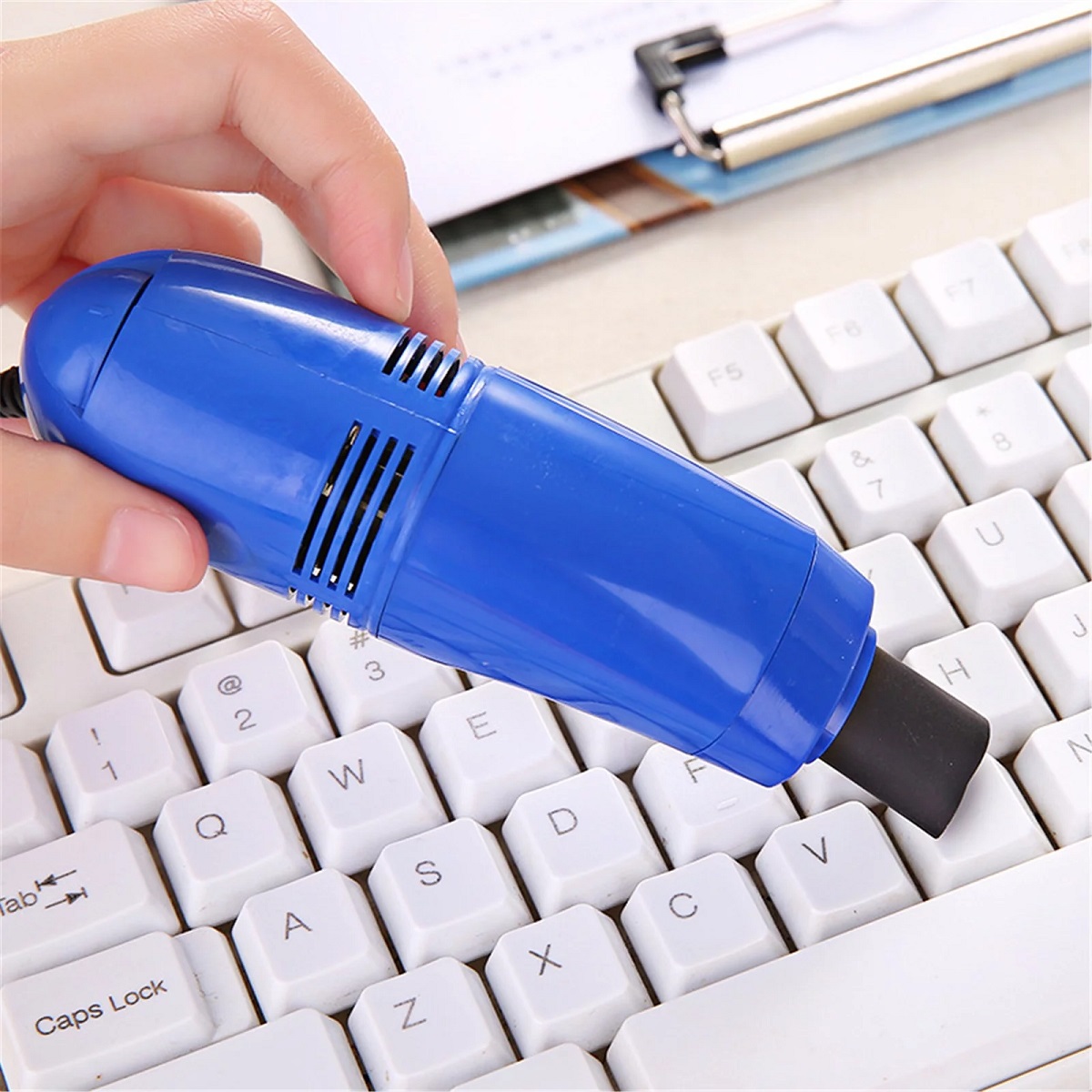
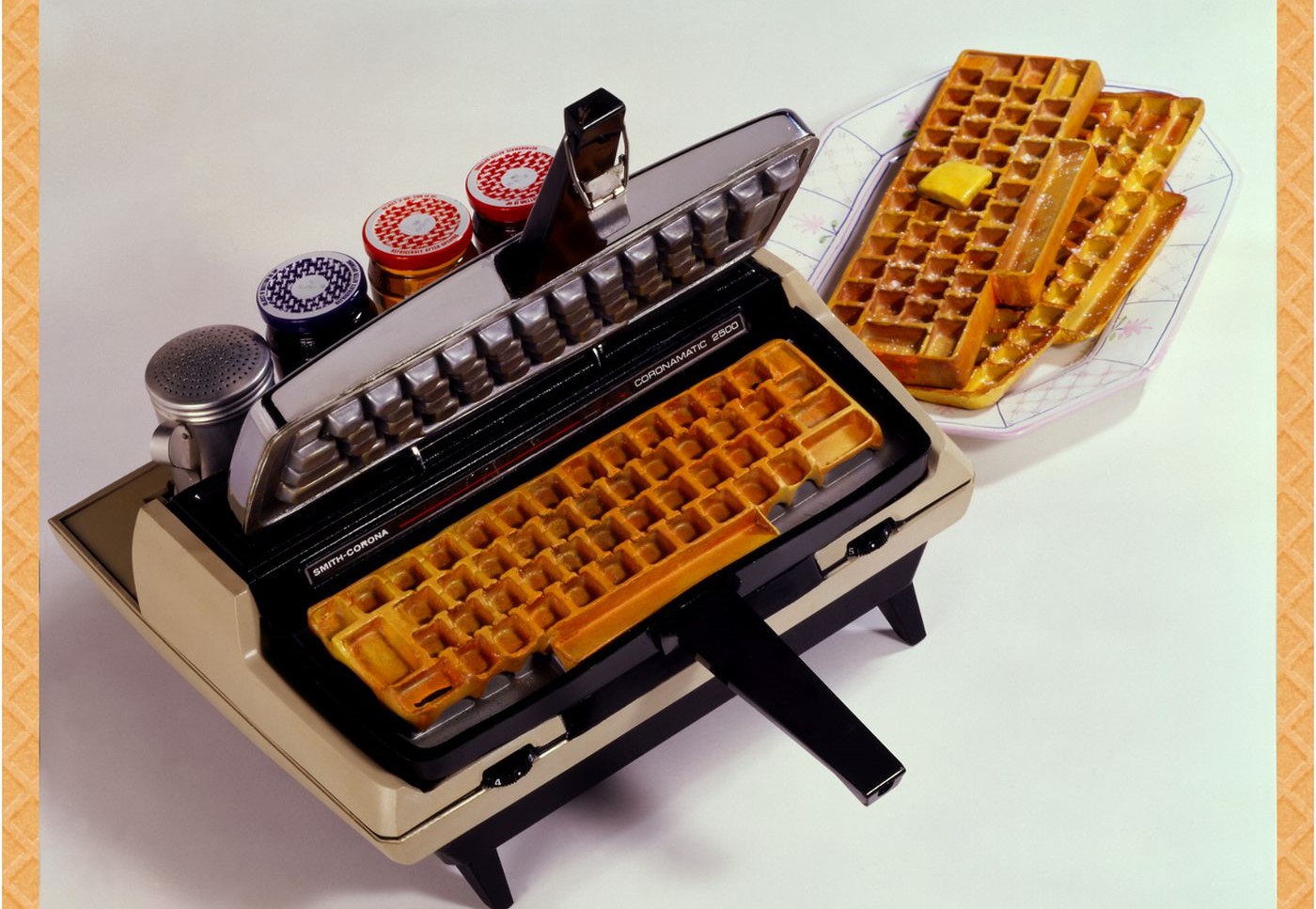
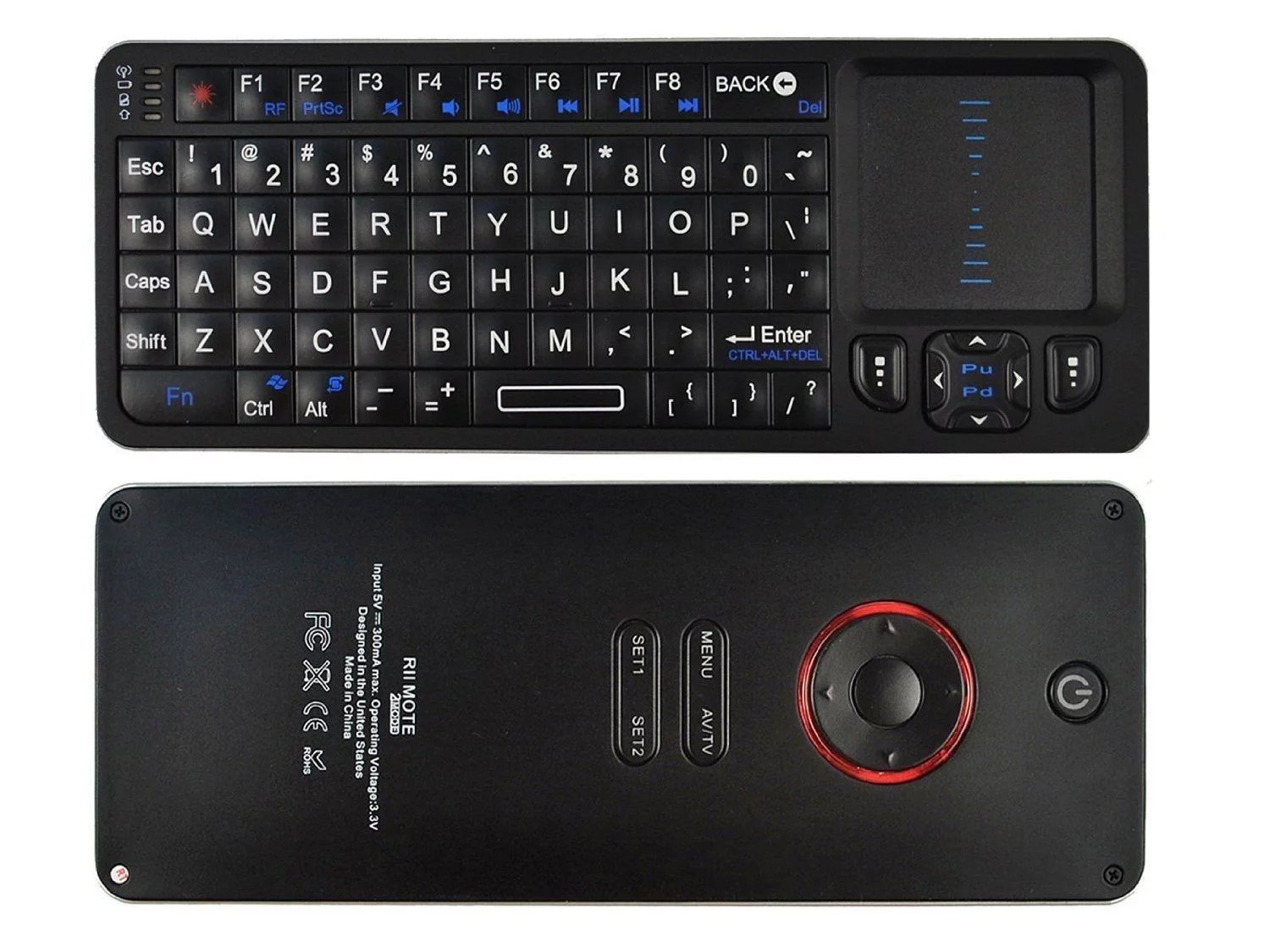


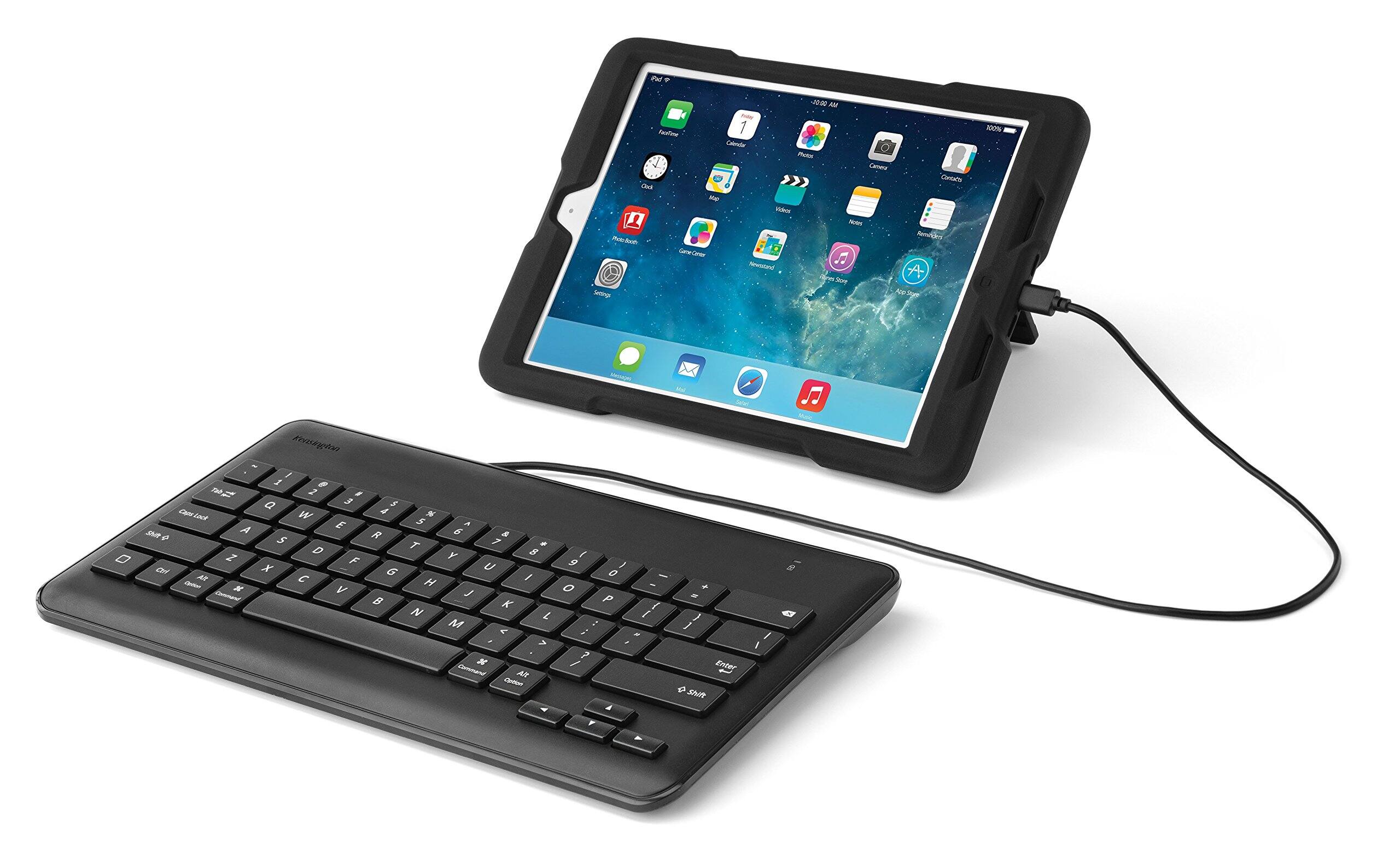
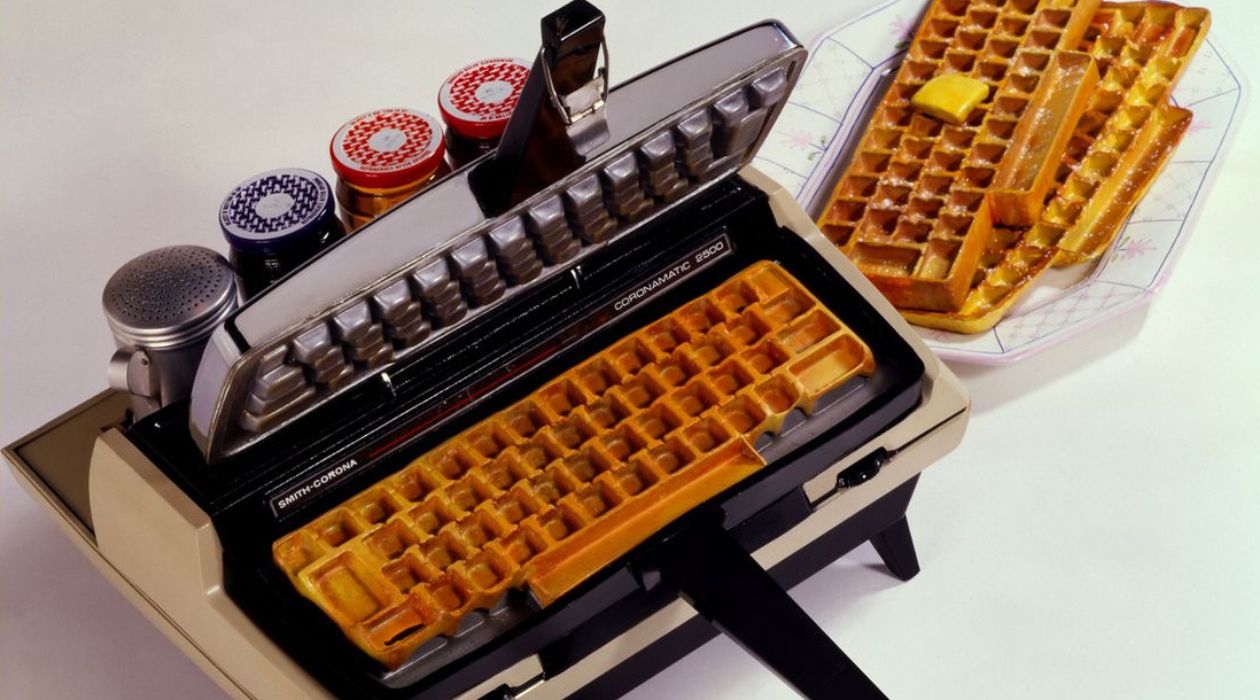








0 thoughts on “How To Store Keyboards”